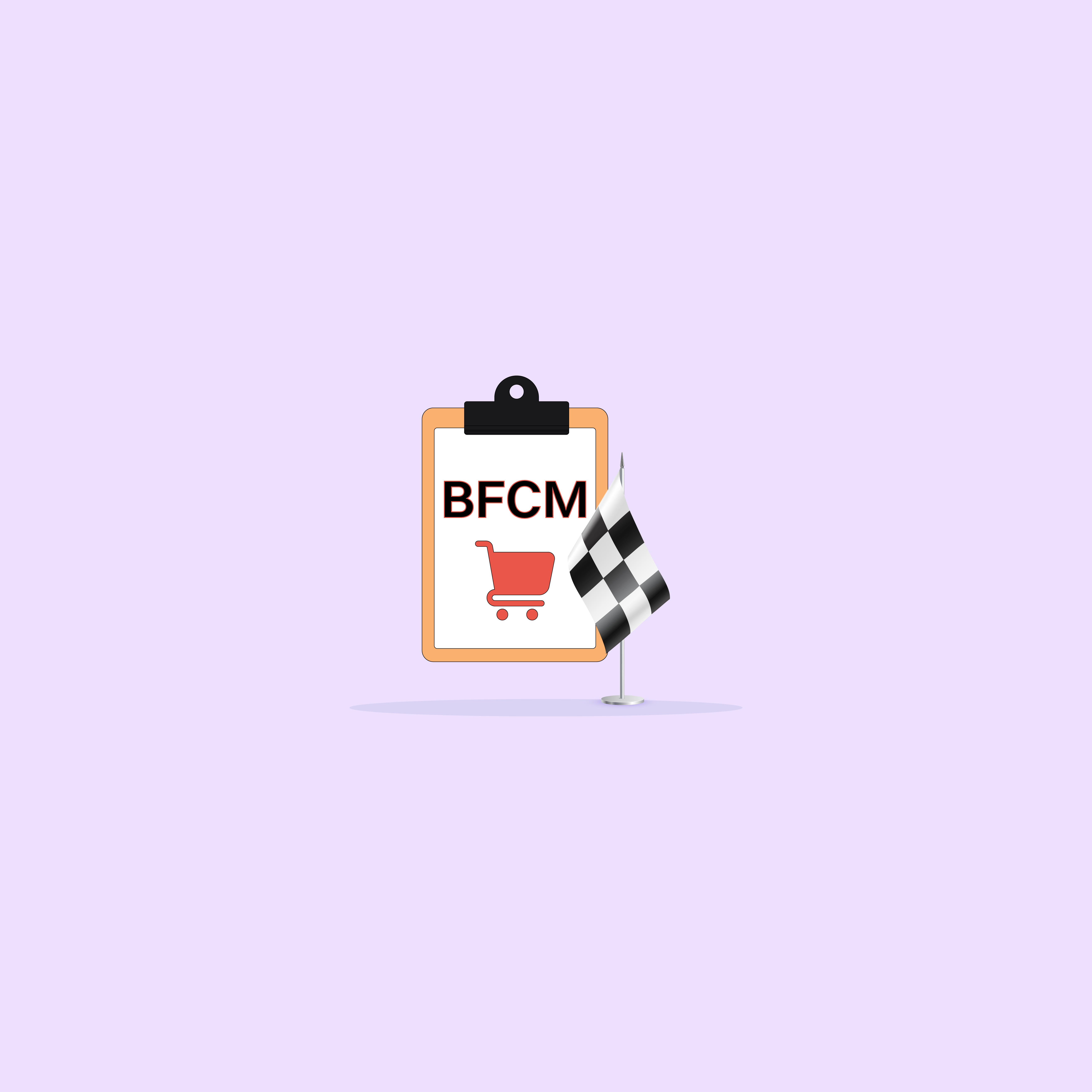Our websites use cookies. By continuing, we assume your permission to deploy cookies as detailed in our Privacy Policy.
B2B Ecommerce: What It Is and Why It Matters
Working in a B2B industry is extremely different than doing so in a B2C field. Unfortunately, the majority of advice about marketing is geared toward the latter. As a result, many B2B companies waste large sums of money every year on tactics that simply aren’t a good fit and can’t be expected to work.
Does this sound familiar?
If so, it will help if you understand how B2B eCommerce should be conducted and how it differs from that of B2C.
What is B2B eCommerce?
Ecommerce – short for electronic commerce – refers to the purchasing and selling of goods and services over the Internet. For the most part, the entirety of these transactions is handled electronically. The concept is simple enough. You’ve definitely benefited from it in the past. Today, it’s also an industry that’s worth trillions of dollars.
It’s not hard to see why.
According to Google, 57% of sales occur before the customer actually speaks to the seller. That’s because they can visit the company’s website, research the topic on their own, get input from social media and review sites, and much more.
That’s not to say that B2B companies still don’t benefit from other tactics, like, say, referrals. It’s just that the Internet has provided countless other opportunities, as well. Companies that forego these options provide their competitors with plenty of room to encroach on their customers.
Is B2B eCommerce Really a Rising Trend?
In a word, absolutely.
While some B2B companies have been slow to leverage the full potential of ecommerce solutions, more and more are doing so. The upward trend is fairly easy to understand, as well.
As we mentioned earlier, the majority of a transaction already occurs online long before the actual purchase. There are a number of reasons for this and those reasons aren’t going away. If anything, they’re actually becoming even compelling, which is why the future will belong to B2B companies that embrace ecommerce.
5 Ways B2B eCommerce Improves Efficiency for Companies
If you’re still not sold on this premise, some examples of how companies are utilizing B2B ecommerce to improve their bottom lines may help.
Here are five proven ecommerce models that have already benefited companies operating in this field.
1. The Direct-to-Consumer Model
Shipping company Bookpal has been in business for more than a decade and much of that success may be attributable to their ability to successfully adopt B2B ecommerce solutions.
Specifically, they used their online presence to create different experiences for their various customers (e.g. schools, businesses, etc.). The result was a 211% increase to the volume of their orders, which they were able to achieve in just three years.
Furthermore, their CTR increased by 40% and their average order value improved by 19% in only 90 days.
2. The Multi-Product Retailer Model
Does your company sell to multi-product retailers?
If so, you could learn something from companies like online retailer Elephant Pants that provide potential customers with a store locator on their website. This is an incredibly simple solution, but now people who love their products know which stores to visit in order to buy them.
Of course, if you sell to a large number of multi-product retailers, the added benefit of one of these maps is massive social proof, especially among those buying direct.
3. The White-Labeling Model
Perhaps one of your customer bases works in white-labeling. In that case, you may never actually have any contact with the end user whatsoever.
That’s not necessarily a bad thing, as long as you control who is selling your products. With B2B ecommerce solutions, you can do this by utilising personalisation. In short, your website can alter its interface based on data you have about a visitor. Among other things, this can help attract the right kinds of sellers for your B2B business and entice them with customized promotions.
4. Virtually Warehousing
If your business model relies on a virtual warehouse, then one of the best things you can do is stay out of your visitors’ way and simply let them shop.
94% of your buyers are doing their own online research before deciding to make a purchase. While it’s definitely not a bad idea to provide helpful content on your site, know that your main goal as a virtual warehouse is to be user-friendly enough that educated B2B buyers can find what they want and make a purchase.
5. Wholesaling to Retailers
If your company is in the business of wholesaling and isn’t already relying on B2B ecommerce solutions, that needs to change – and soon. Obviously, the method is working quite well for Amazon.
If we look at Elephant Pants again, we find that as much as 90% of their buyers place orders inside of their wholesale channel. By assigning price lists based on a customer’s user role and other B2B ecommerce solutions, you could experience the same levels of success.
What Should Be the POV Towards B2C Ecommerce?
As we mentioned earlier, there’s little point in trying to adopt B2C ecommerce tactics for your B2B business. These are two completely different industries.
For one thing, as we touched on earlier, B2B buyers are usually extremely more informed when it comes time to purchase because they’ve done their own research before visiting your site.
This is why content marketing for B2B companies – a form of ecommerce marketing – differs from that of B2C. You’re dealing with a better educated audience, so you can generally dispense with a lot of “beginner” content and start providing resources of actual value.
The buyer’s journey for B2B customers is much different, too. That affects how you have to use personalization to best entice them.
While some B2B companies may eventually use B2C ecommerce tactics to win business, it’s best to begin with those specifically designed for your world and experiment with others only after you’ve found success.
Getting Started with B2B Ecommerce
Now that you understand what B2B ecommerce is and why it matters to your company, you must begin treating its implementation as a priority. Fortunately, the major investment it requires is time. So look over the above business models we covered and begin implementing ecommerce tactics that fit yours right away.








